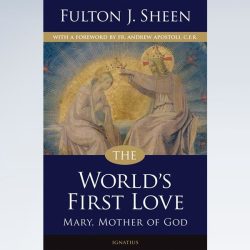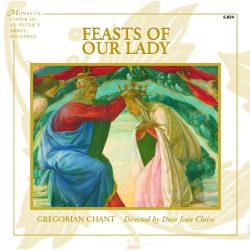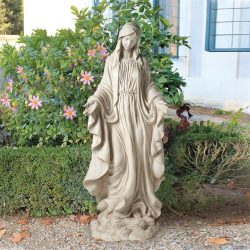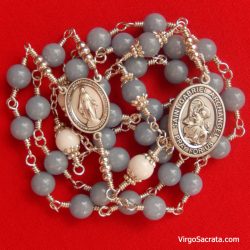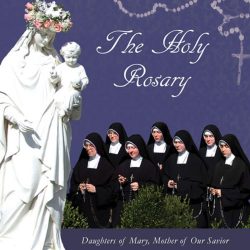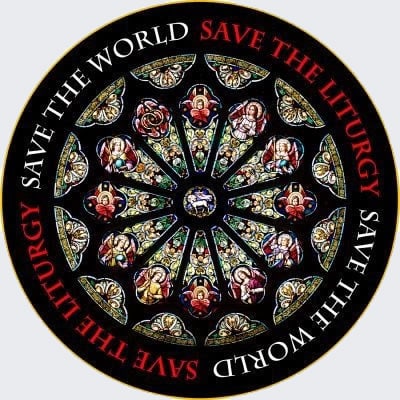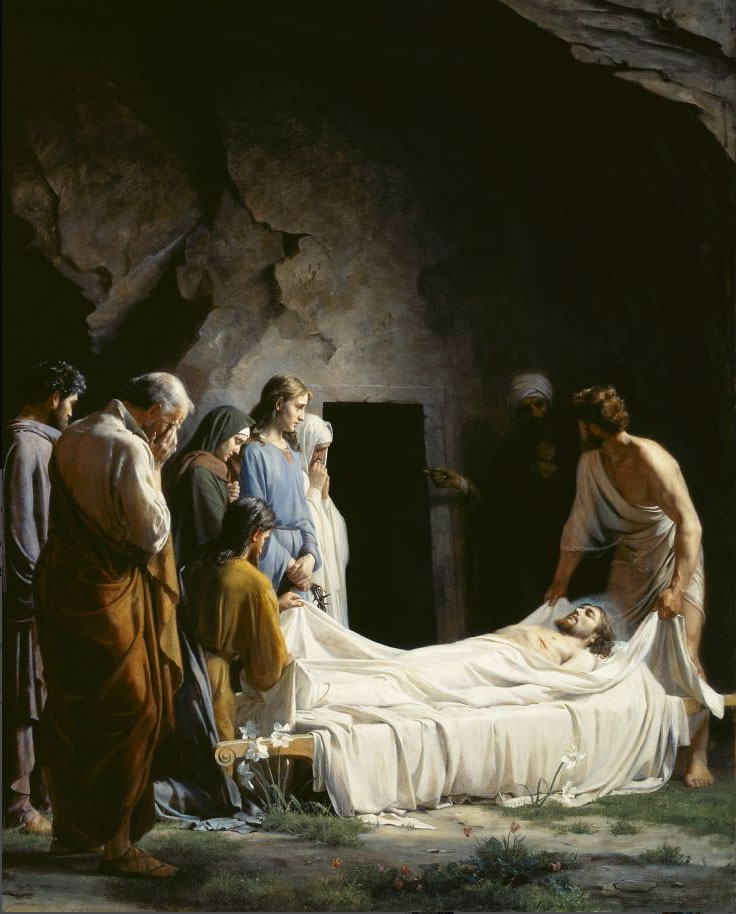

I. After Christ was dead, His sacred body was taken down from the cross by Nicodemus and Joseph of Arimathea. They laid the sacred treasure in the Mother’s arms, fulfilling the expression in the Canticle, “A bundle of myrrh is my beloved to me; He shall abide between my breasts.” (Cant. i. 12.) Observe with what sighs and tears and what expressions of profound grief she received the mangled body. Ponder what was said and done by her and her devout companions on this occasion. Take care that you make your beloved Saviour “a bundle of myrrh” in your regard, by frequent and affectionate contemplation on His passion. “Gather this bundle for yourselves,” says St.Bernard.
II. After grief and love had performed their parts over the dead body of our Lord, His sorrowing friends embalm it and wrap it in a clean winding-sheet. Christ loves cleanliness even in the grave. Learn hence to purify your heart in the most perfect manner when you approach Him in the holy Eucharist. Christ wishes His mystical members—that is, the faithful—to be embalmed, as well as His corporal members, with the myrrh of mortification and penance, according to the Apostle, ” Always bearing about in our body the dying of Jesus; that the life also of Jesus may be made manifest in our bodies.” (2 Cor. iv. 10.)
III. When they had buried Christ, each one returns to his home; for they are not permitted to remain and watch at the sepulchre. Imagine what was the solitude of the blessed Virgin and other pious persons, and how they devoted themselves to prayer and contemplation, ” waiting for the blessed hope and the coming of the glory of the great God, and our Lord Jesus Christ.” (Titus ii. 13.) The holy Virgin might comfort herself with the words of the Psalmist, ” In the evening, weeping shall have place; in the morning, gladness.” (Ps. xxix. 6.) In desolation do you also have recourse to prayer, and learn to put your confidence in God alone.
Observations regarding the Meditations on the Mysteries which succeeded Christ’s Resurrection
The meditation of the mysteries which followed the resurrection of the Redeemer belongs to the unitive way. In these exercises the soul unites itself to God by making His will its own, and by adhering to the divine will as the rule of all good, according to the Apostle, ” He who adheres to the Lord is one spirit.” (1 Cor. vi. 17.) Hence the unitive way has different affections, peculiar to it, which ought to be indulged during the ensuing meditations.
The chief subjects of these affections are as follows:
I. Admiration of the majesty of God and the divine perfections which we contemplate.
II. Joy and contentment, because God is absolutely perfect in Himself, infinitely good to others, and admirable in all His works.
III. Praise and thanksgiving for His favors and benefits, with a desire of seeing and enjoying Him in order to honor and obey Him.
IV. Zeal of God’s glory and the good of souls, wishing that all the world may come to the knowledge and love of their Redeemer.
V. Confidence in the goodness and Providence of God, united with a filial respect, and the fear of being separated from Him by sin, and a sincere regret for having ever incurred His just indignation.
VI. Desire of the heavenly things which we contemplate. Everything on earth ought to appear trifling to us, when we look up to heaven and say with the prophet, “How lovely are Thy tabernacles, O Lord of hosts! my soul languisheth and fainteth in the courts of the Lord.” (Ps. lxxxiii. 2.) “As the hart panteth after the fountains of water, so my soul panteth after Thee, O God!” (Ps. xli. 2.).
By entertaining such affections as these, we ought to aim at that happy state in which, “beholding the glory of God with face uncovered, we maybe transformed into the same image from glory to glory, as by the Spirit of the Lord.” (2 Cor. iii. 18.) We should thus endeavor to become like to Him, by uniting our wills with His, and by increasing daily more and more in the knowledge and love of Him, until at length passing from this dark pilgrimage of human life, we may arrive at our own bright native country, and enjoy the beatific vision for all eternity.
Source: “Meditations for Every Day in the Year” by Rev. Roger Baxter.
This precious book was originally written in 1639, and was used by Chailoner, Walmsly, and other Confessors of the Faith in times of persecution. ✟ JAMES GIBBONS, Archbishop of Baltimore. 1884.
On Holy Saturday we await at the Lord’s tomb, with Mother Mary and the holy men and women, meditating on Jesus suffering and death. The altars are left bare, and the Sacrifice of the Mass is NOT celebrated anywhere in the world. Only after the solemn Vigil during the night, held in anticipation of the Resurrection of our Lord, Jesus Christ, does the Easter celebration begin, with a spirit of joy that overflows into the following period of fifty days until Pentecost!

-
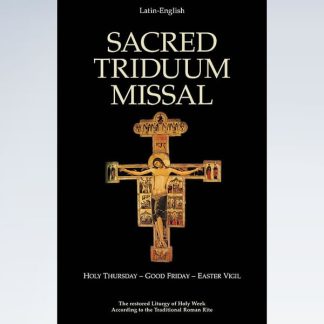 Sacred Triduum MissalUS$ 15.00
Sacred Triduum MissalUS$ 15.00 -
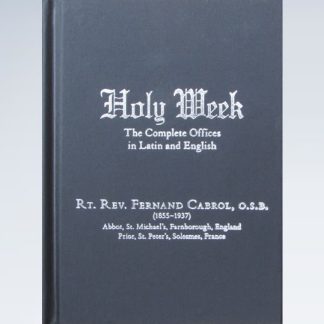 Holy Week – The Complete Offices in Latin and EnglishUS$ 35.00
Holy Week – The Complete Offices in Latin and EnglishUS$ 35.00 -
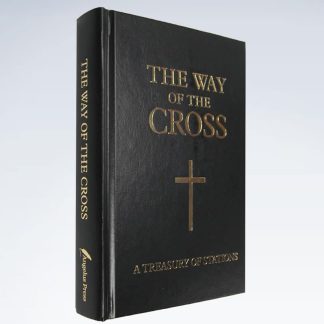 The Way of the CrossUS$ 29.00
The Way of the CrossUS$ 29.00 -
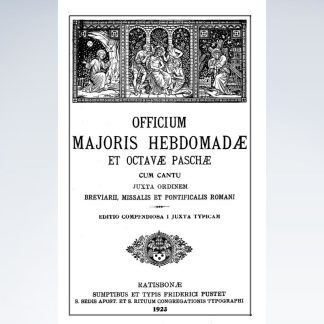 Officium Majoris Hebdomadæ Et Octavæ PaschæUS$ 25.00
Officium Majoris Hebdomadæ Et Octavæ PaschæUS$ 25.00 -
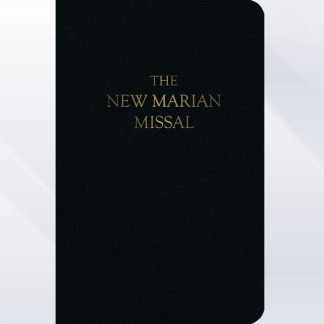 1958 The New Marian Daily Missal (Latin & English)US$ 62.00
1958 The New Marian Daily Missal (Latin & English)US$ 62.00 -
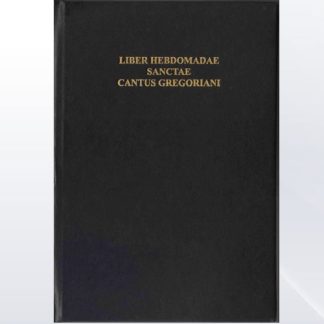 Liber Hebdomadae Sanctae Cantus Gregoriani (Holy Week Gregorian Chant)US$ 22.00
Liber Hebdomadae Sanctae Cantus Gregoriani (Holy Week Gregorian Chant)US$ 22.00
VIRGÓ SACRÁTA is a Christian mission-driven online resource and shop inspired from the beauty of Catholic faith, tradition, and arts. Our mission is to “Restore All Things to Christ!”, in continuing the legacy of Pope St. Pius X under the patronage of the Blessed Virgin Mary. “Who is she that cometh forth as the morning rising, fair as the moon, bright as the sun, terrible as an army set in battle array?” O Mary, conceived without sin, pray for us who have recourse to Thee.


